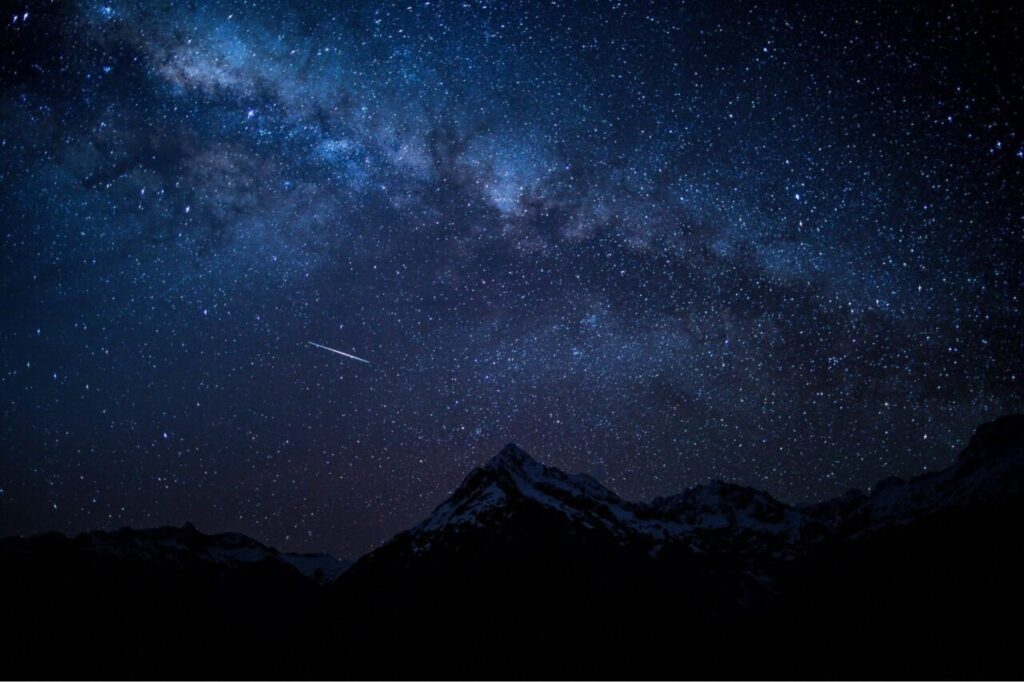
URGENT UPDATE: A California startup, Reflect Orbital, is igniting a firestorm of concern among scientists with its ambitious plan to launch 4,000 mirrors into orbit. The aim? To redirect sunlight to solar farms at night, increasing energy output. The company has applied for a Federal Communications Commission (FCC) license to deploy its demonstration satellite, EARENDIL-1, scheduled for launch in April 2026.
This groundbreaking initiative could change how solar energy is harnessed, but experts worry about its devastating implications for astronomy and wildlife. “The cost that this incurs not only on astronomy, but on the entire civilization—plus the ecological impacts—are, in my personal view, not worth the effort,” warns Siegfried Eggl, assistant professor of astrophysics at the University of Illinois Urbana-Champaign.
Reflect Orbital’s satellite will unfold a massive 3,600-square-foot mirror designed to focus sunlight on targeted solar farms. If successful, this would be the first of many steps toward deploying a constellation of satellites by 2030. This technology has already attracted substantial attention, including a $1.25 million contract from the U.S. Air Force.
However, skepticism looms. Experts like Michael J. I. Brown of Monash University and Matthew Kenworthy of Leiden University highlight that while the concept seems straightforward, practical challenges abound. A reflected beam from the satellite, they assert, would be about 15,000 times dimmer than the midday Sun and may require thousands of satellites to achieve even modest illumination.
“If a single satellite is 15,000 times fainter than the midday Sun, you would need 3,000 of them to achieve 20% of the midday Sun,” Brown and Kenworthy explain.
Moreover, the risk of space debris complicates the situation. “Imagine if a piece of debris impacts one of these mirrors and causes it to tumble. You could end up with a gigantic lighthouse, uncontrollably illuminating parts of the Earth,” Eggl warns, emphasizing the potential chaos.
The environmental repercussions are alarming. Light pollution, already on the rise due to LED technology, threatens to escalate further. Eggl notes that the introduction of these mirrors could make the night sky as bright as a full Moon every night, disrupting astronomical observations and impacting wildlife. “Darkness is a dwindling resource that astronomers fundamentally depend on,” he states.
As light pollution affects countless species, David Smith from BugLife highlights the broader ecological consequences: “By extending daylight hours through artificial light, we interfere with the circadian rhythms and behaviors of countless species.”
Reflect Orbital’s pending FCC license application has raised significant concerns in the scientific community. Eggl urges regulators to heed these warnings. “Given what they propose, I see no clear way this cannot be extremely disruptive for all sorts of things,” he adds.
As the situation develops, the world watches closely. Will Reflect Orbital’s ambitious vision for solar energy come to fruition, or will the alarm sounded by scientists lead to a reconsideration of the project’s implications? The answers remain to be seen, but the urgency of this matter cannot be overstated.





